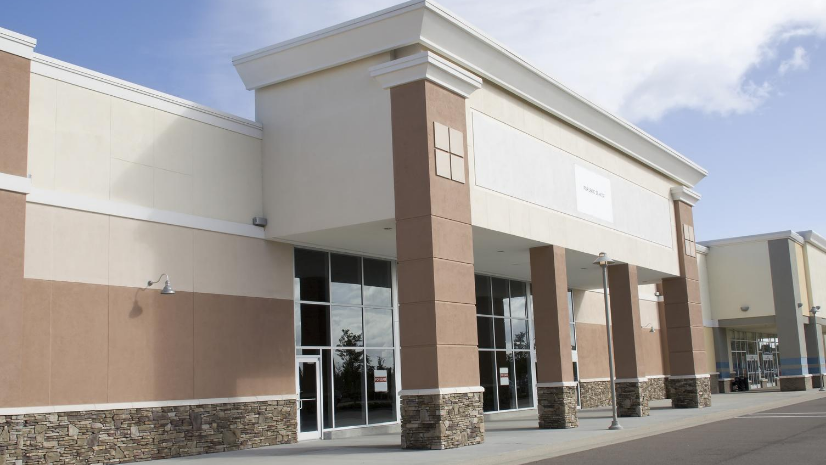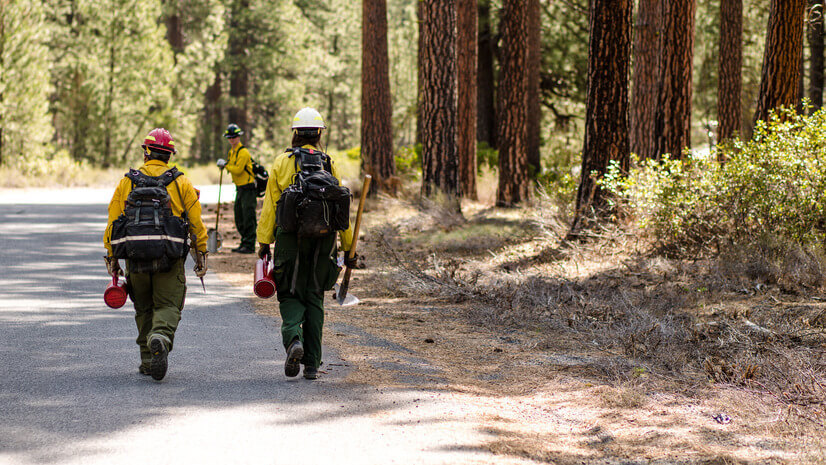Growth is the metric by which business success is measured.
Sustaining growth over time requires a strong strategic plan informed by precise, accurate data and actionable insights. These insights, in turn, inform decisions and tactics about where to position resources and allocate human and financial capital that can provide the best opportunity for positive returns on these resource investments.
Businesses are striving to find new sources of revenue while at the same time optimizing their existing business to drive incremental growth. In the last year, due to the pandemic, new growth has slowed in many sectors. Expectations for leaders from their shareholders and investors however has not diminished. The result is that many organizations have had to find new ways to generate growth. For many companies there has been a change of focus. They’ve turned inward and are looking at internal operations and strategies, finding ways to maximizing their existing investments to find new sources of revenue. The risk is low, while the potential gains are significant.
Finding Incremental Revenue
One of the most profound disruptors of business in the last year has been the dramatic shift in consumer behaviors. Many organizations have struggled to keep up with the changing demand signals from their customers. For others, demand outstripped their ability to maintain inventory. This has led to supply chain challenges and business disruption. In both scenarios, the ability to see, measure, and react to changing customer patterns at a local level is essential, especially if businesses expect to continue to grow.
Incremental growth in business, is achieved in two ways: by earning more business from existing customers and by increasing the frequency of transactions from existing customers. Examples of this include grocers enticing customers to put a few more “not on my list” items into their cart, a manufacturer expanding an assortment of complementary items for a particular retail customer, or a retail bank offering specific financial products in a specific market to support the unique needs of its customers. To drive frequency an urban convenience store might expand offerings of “grab and go” items to bring customers into their store or provide online subscriptions for high-demand consumables to allow customers to buy and receive goods “friction free”. These tactics allow organizations to increase the number of contacts they have with their customers, encourage more visits, grow baskets and create more opportunities for incremental sales.
The tactics that support these strategies may vary by business type and channel, but the data and analysis required to execute them have some consistent requirements: understanding who your customers are and establishing a genuine and value-added relationship with them. This is the business advantage that only spatial technology can provide. It enables companies—using their own existing data and geographic attributes—to quickly see their customers in a new way: to know where they live, where they shop, what they buy, and what they’re likely to buy. This insight, in turn, helps businesses be more relevant to their customers through product assortment, marketing messages, and targeted offers that are more likely to convert, all of which leads to greater customer loyalty and stronger financial performance.
Creating a Deeper Relationship with Your Customers
I’ve always appreciated companies that refer to their customers as guests. A guest in my home is someone I want to have a conversation with; I want to treat them well and hear from them again. In business, it’s very similar. I want to host them in my business; make sure I am catering to their needs and provide them with the services and value they expect; and hopefully, host them again and again.
Customer loyalty is a critical metric by which relationships are measured in business. Loyal customers are far less likely to be influenced by competing messaging and offers. When they have confidence in the companies, they do business with and in the products offered, they’re more likely to convert their interactions with the company into actual business.
We know from a number of industry studies that customers who engage with a brand in multiple channels are far more valuable and loyal to a company than those who use only one channel. According to Business Insider, retail customers who use multiple channels to engage a retailer spend 4 percent more when they shop in a store and 10 percent more when they shop online. Online customers shop 23 percent more often than those who shop only in stores. They are also far more likely to recommend their experiences with that company to others, assuming of course, that the transactions go well, and the relationship is genuine.
Providing Unique Insights through CRM- and GIS-Complementary Tools
The importance of a customer relationship management (CRM) tool in business has grown exponentially over the last several years. The digitalization of commerce means customers are generating more data about their interactions with businesses than ever before. Data about purchase history like where purchases were made and by which channel. Companies can use this data to connect online browsing and e‑commerce purchases to similar activity in physical locations. This gives businesses a much more robust view of their customers.
Most importantly, this data allows businesses to understand who their best customers are, based on specific metrics. Examples can be total sales by year, frequency of visits, and offer conversion, but it really depends on the business and the products. Creating the right metrics will allow you to quickly identify your best customers and learn what they like about your business. This information can be used to inform your overall customer engagement strategies and fine-tune your understanding of your best-customer profile. By using GIS, you can analyze this information to reveal where your best customers are and where opportunities exist to efficiently reach more potential customers just like them.
Engagement Matters
We know that customers who are more engaged with a business are more likely to be willing to share their information with those businesses. This shared data improves accuracy in personalization and communications with those customers. And when aggregated anonymously with other customers’ data, it validates and confirms hypotheses about the segment and can help fine-tune target market intelligence and customer profiles.
The more accurate the customer profiles are, the more relevant the messaging and engagement will be, helping to drive loyalty and improved conversion. Geospatial analysis can provide the attributes needed to improve accuracy of customer profiles. These attributes, when appended to a known location like an address or a devices known resting place can provide insights that validate the segment inform product and offer selection in a specific location.
Developing workflows to improve knowledge about who customers are and what they care about helps ensure alignment of your customer engagement strategies. Since the pandemic began, there have been massive shifts in consumer behaviors and shopping patterns. Companies with the tools and processes in place to continually assess their customer profiles have been able to pivot their tactics to deliver the products and services their customers want; in the way they want to receive them. This was critical early on and has given those organizations a significant advantage.
Tracking Changes in Customer Behaviors
One of the most profound impacts of the pandemic on consumer-facing businesses has been the massive and nearly instantaneous changes in behavior and spending patterns across every consumer segment. And these changes have been constant, ebbing and flowing with the tide of the pandemic in the communities where these companies do business.
This exposed some of the difficulties that organizations have in updating and refreshing their customer profiles and target segments to reflect changes in their markets. In the recent past, many companies only looked at the market-specific profiles when they were researching new locations or responding to an unexpected drop in local business. Often, by the time business was impacted, the damage had been done. From a marketing perspective, reacquiring lost customers is a much more expensive proposition than building loyalty and maintaining relationships. Using GIS, business can create triggers and dashboards to sense changes in business patterns before traditional methods like sales analysis and market basket analysis can “see” them.
Unifying Disparate Data in ArcGIS
In ArcGIS, it’s possible to interrogate any number of disparate datasets using location as an unstructured join between entities. As an example, a coffee manufacturer that serves a number of outlets across geographies might want to perform an analysis to show trade areas for all the doors (stores) it serves across brands and locations. Demographic and segmentation data can be added to help describe populations around its customers’ stores. By using CRM data with the best customers identified, the company can connect shoppers to locations and create profiles for each location based on the geographic attributes of the customers.
To take this analysis to the next level and “ground source” the company’s hypotheses about these customers, it can include anonymous human movement data. This data can be used to describe where customers in a given location—at a given time—come from, without being limited to only known customers. Being able to see where these customers came from before they visited a location, how long they spent there, is enough to make reasonable assumptions their neighborhood and their shopping patterns. Since human movement data is innately temporal, it becomes possible, through correlation and time comparisons, to quickly see changes in store traffic patterns. These patterns could expose new opportunities or indicate that customers are shopping somewhere else, thus enabling the business to mitigate potential risks.
To Summarize
Growth in business is achieved from expansion of existing markets, locations, and products. It also can occur incrementally as a result of increased revenue and new opportunities from existing products and services. Sustainable growth is achieved through both strategies. At the core of these strategies is a precise understanding of customers. Using a CRM system, a business can develop a profile of who its best customers are, how and when they engage, and where they are when they engage.
Many businesses have suffered losses during the past year, it would be a mischaracterization to put the blame solely on the pandemic. Across industries, the disruption from COVID-19 accelerated changes that were already taking place. This further illustrates the importance of maintaining accurate customer profiles that are precise and location specific.
Armed with this information, businesses can leverage GIS and location technology to tie customer attributes and customer segments to locations and markets. This informs tactics that they can use to tailor their marketing messages, optimize product assortments, and make decisions about where to prioritize resources to drive revenue. Even in categories and locations where businesses have been stable for years, the application of precision market analysis can unlock new sources of revenue.



